Activity › Discussion › Environment › Environment
Tagged: #photosynthesis
-
Environment
Posted by Zeen on April 9, 2024 at 12:43 pmWhat is photosynthesis?
Kunal replied 1 month, 1 week ago 2 Members · 1 Reply -
1 Reply
-
::
Photosynthesis is the process by which green plants, algae, and some bacteria convert light energy from the sun into chemical energy in the form of glucose. It is a vital process for life on Earth as it is the primary means by which energy enters most ecosystems.
During photosynthesis, plants use chlorophyll, a pigment found in their chloroplasts, to capture energy from sunlight. The process takes place in specialized structures within plant cells called chloroplasts. The chlorophyll absorbs light energy, primarily from the red and blue regions of the electromagnetic spectrum, while reflecting green light, which gives plants their characteristic color.
The energy absorbed by chlorophyll is used to power a series of chemical reactions that convert carbon dioxide (CO2) and water (H2O) into glucose (C6H12O6) and oxygen (O2). This process can be summarized by the following equation:
6CO2 + 6H2O + light energy → C6H12O6 + 6O2
In addition to glucose, the plant produces other organic compounds, such as starch and cellulose, which are used for energy storage and structural support, respectively. The oxygen released during photosynthesis is a byproduct and is released into the atmosphere.
Photosynthesis plays a crucial role in maintaining the balance of oxygen and carbon dioxide in the Earth’s atmosphere. It is also the ultimate source of energy for most life forms on the planet. Through the process of respiration, organisms break down glucose and other organic compounds produced during photosynthesis, releasing the stored energy for their metabolic needs.
 Syllable Division Rules Flashcards
Syllable Division Rules Flashcards 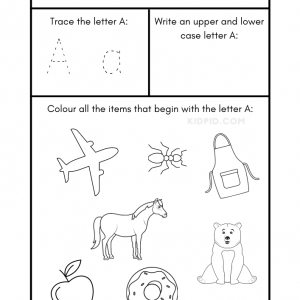 A-Z Letter Focus Worksheets for Preschool
A-Z Letter Focus Worksheets for Preschool 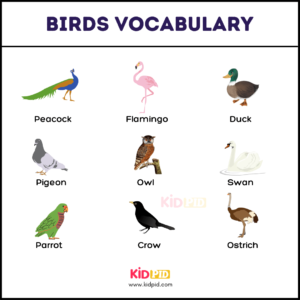 Birds Name With Pictures
Birds Name With Pictures  Color The Common Noun - English Grammar Worksheet
Color The Common Noun - English Grammar Worksheet 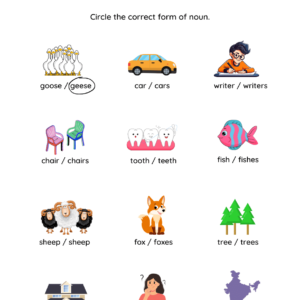 Singular or Plural Nouns
Singular or Plural Nouns 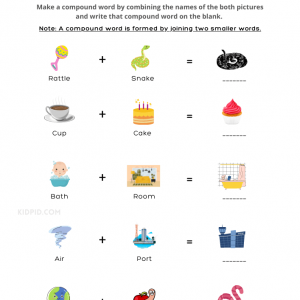 Form Compound Words Printable Worksheets for Grade 1
Form Compound Words Printable Worksheets for Grade 1  Basic English Conversation
Basic English Conversation 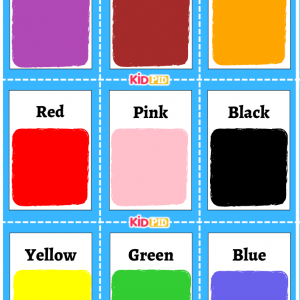 Color Names Simple Flashcard Sheets
Color Names Simple Flashcard Sheets  Menu Math Printable Worksheets for Kids
Menu Math Printable Worksheets for Kids  Articles(a,an) - English Grammar Worksheets
Articles(a,an) - English Grammar Worksheets  Basic English Vocabulary Words For Kids
Basic English Vocabulary Words For Kids 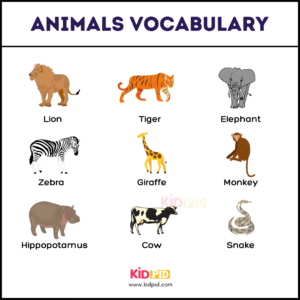 Animals Name With Pictures
Animals Name With Pictures